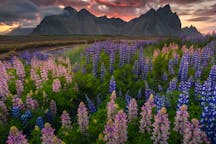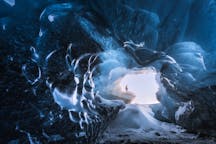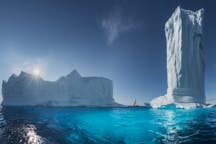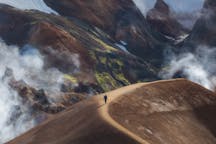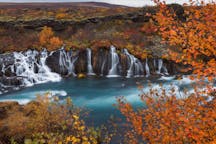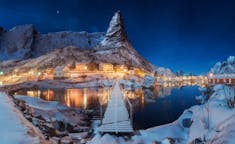
The Best Lenses for Wildlife Photography

When starting out in wildlife photography, deciding which lens is going to be the best for you can be quite confusing, especially nowadays with all the available options on the market. Should you buy a prime lens, or a zoom? What focal length will you use the most? What is the budget that you want to spend on your wildlife lens?
- Discover The Best Landscape Photography Lenses for Sony E-Mount Cameras
- Check out these Camera and Gear Reviews
- Learn these 5 Key Reasons to Use a Wide Angle Lens in Iceland
These are just a few of the questions that may come to mind as you begin to think about entering the wildlife photography world. In this article you will discover the answer to the questions above and many, many more; so make yourself comfortable and scroll down to find out which one is the best lens for you!
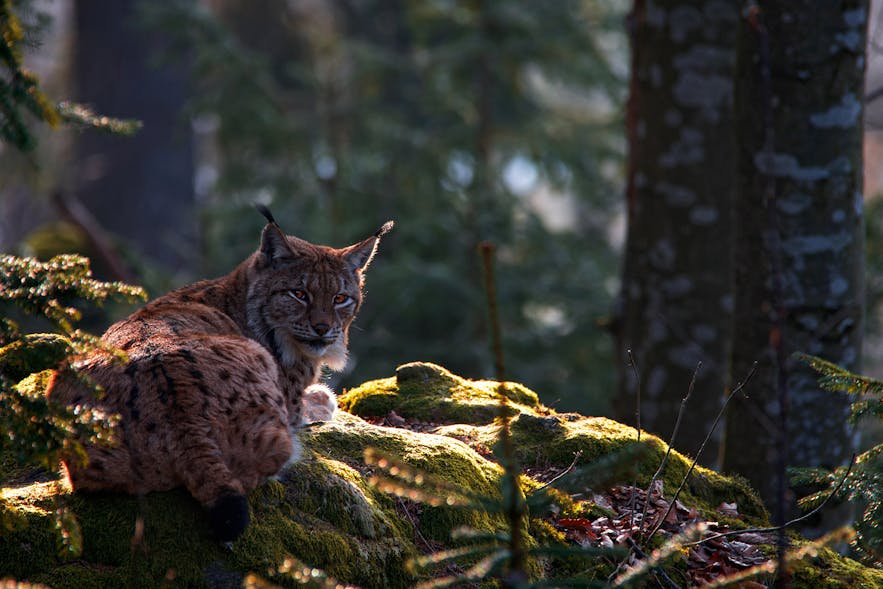 Choosing the right lens will help a lot in wildlife photography! Photo by: 'Leonardo Papèra'.
Choosing the right lens will help a lot in wildlife photography! Photo by: 'Leonardo Papèra'.
How to Choose the Best Lens for Wildlife Photography
Let's “dive” together into all of the variables that you should consider during your lens selection process, from the focal length to the aperture, as well as AF speed and image stabilisation.
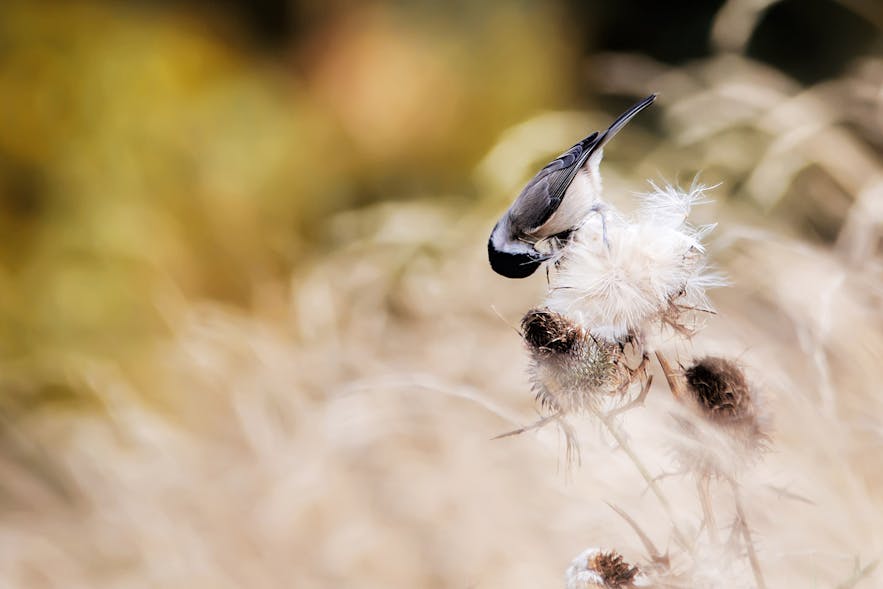 Aperture is one of the biggest things to be aware of when choosing a lens for wildlife photography. Photo by: 'Leonardo Papèra'.
Aperture is one of the biggest things to be aware of when choosing a lens for wildlife photography. Photo by: 'Leonardo Papèra'.
Focal Length
I want to start by talking about which focal length you should go for (and which one will be ideal for you), since I’m 100% sure that for a beginner who is just approaching wildlife photography, buying a dedicated lens will probably be one of the most intricate topics.
First of all, you should define a little better what “wildlife photography” means for you. Are you going to shoot tiny elusive birds in your backyard, or are you going to photograph bears in Alaska? Will you ever travel to Kenya to photograph the elephants? These are all “wildlife photography” situations, but they are obviously very different from each other.
The size of your typical subject will affect which lens you choose. If you usually photograph big animals like mammals or birds of prey, you may not need a super long lens. A 200-300mm lens might be enough for you.
On the other hand, if you usually shoot small subjects, like birds or other animals, in environments where they tend to run away as soon as they see you, well, even a 600mm may not be enough.
If you will be photographing subjects which you can approach quite easily (even if they are small), then a 70-200mm lens is more than enough. However, there may be circumstances when you'll need an 800mm lens, such as when photographing elusive animals or wildlife which may be dangerous to approach.
To sort out which focal range you’ll work in the most, you should consider the following variables:
-
The size of your subjects;
-
How difficult it will be for you to get close to them.
Now that you know your preferred focal length, another big question is coming up: should you go for a prime lens or for a super telephoto zoom?
Prime Lenses
Most of the time, prime lenses are way better in image quality and sharpness compared to the super zooms, but they are also way more expensive. For a good, decent 300mm prime, you could easily spend 3000-4000€.
Then there’s another big (obvious) problem when we talk about prime lenses: the only zoom that you will have is attached to your body – they are your legs! As such, if your subject ends up being too far away or too close, you won’t be able to do anything except to move around, while hoping not to scare the animal.
On the other hand, photos taken with a prime lens are generally razor sharp, so you will get be able to capture all of the details of the subject you are shooting. Lastly, prime lenses are generally heavier than super zooms, so think about how difficult it may be to walk around with a 3kg lens weighting on your neck.
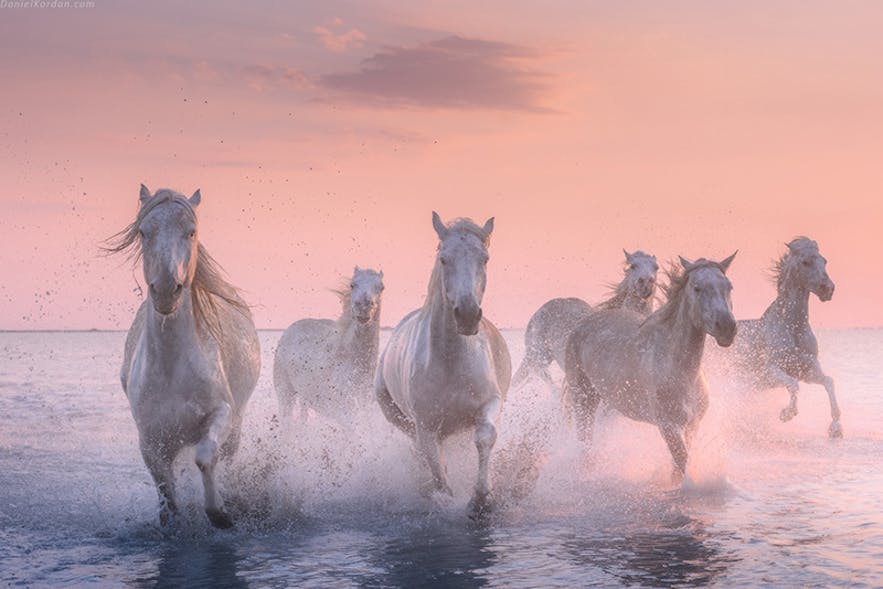 White horses of Camargue. Photo by: 'Daniel Kordan'.
White horses of Camargue. Photo by: 'Daniel Kordan'.
Super Zoom Lenses
Super zooms are way better when we talk about versatility, since you will have a large focal range to play around with and they are lighter in weight when compared to primes. If wildlife photography for you is all about walking in nature, looking for animals and not waiting for them in hiding, then the telephoto zoom lens may be the answer you are looking for.
Until 10 years ago or so, the difference in terms of image quality between prime and super zoom lenses was quite big. Nowadays, super zooms have reached an outstanding quality level, whereby the difference between the two is getting thinner and thinner. Super zooms are way less expensive compared to prime lenses and you can purchase a great one for around 1000-1500€.
So, the question is: why on Earth should you buy a prime lens if apparently super zooms are flawless? The answer is simple: the brightness or the ability to shoot with a wider aperture.
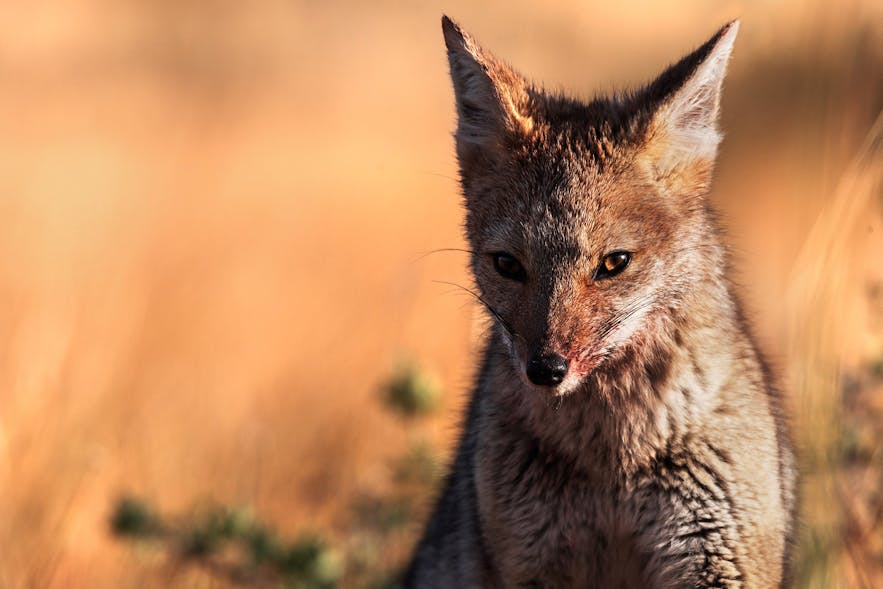 When choosing a focal length, consider what you'll be photographing. Photo by: 'Leonardo Papèra'.
When choosing a focal length, consider what you'll be photographing. Photo by: 'Leonardo Papèra'.
- See also: Africa Photo Safaris and Workshops
Wide Aperture
This is probably the main reason (quality aside) why many wildlife photographers still buy prime lenses instead of super zooms.
Almost all of the best prime lenses on the market have a wide maximum aperture of f/4 or even f/2.8, which makes them perfect for shooting in low light situations and for achieving a beautiful, smooth bokeh effect at the front or back of the subject. In contrast, super zooms generally have a wide maximum aperture of f/5, f/5.6 or even f/6.3, which will make your images come out quite dark in dim lighting situations.
Another advantage that you have when you buy an f/2.8 or f/4 prime lens is that you can use it together with a teleconverter: that means you can multiply your focal length by 1.4, 1.7 or even 2.0. Just be aware that when you mounting a teleconverter between your camera and your lens, you’ll inevitably lose some light (precisely one f-stop with the 1.4x, and two f-stops with the 2.0x), so an f/2.8 prime lens will become an f/5.6 lens with a 2.0 teleconverter attached.
Technically, it’s possible to put teleconverters on super zoom lenses as well, but since they are already dark, you would end up losing too much light and the quality of your images would be affected. For that reason, most wildlife photographers will only use teleconverters on a prime lens.
I know that simply by reading these numbers above, you may not be able to see a valid reason to spend thousands of dollars more on a prime lens. However, sometimes two f-stops can make all the difference in the world in a low-lighting situation.
Just as an example, let’s say that you are shooting at f/5.6 and ISO3200 at twilight. The resulting shot is likely to be quite noisy at such a high ISO. With an f/2.8 lens instead, you could lower down the ISO speed to 800, which would result in a less noisy and much clearer shot.
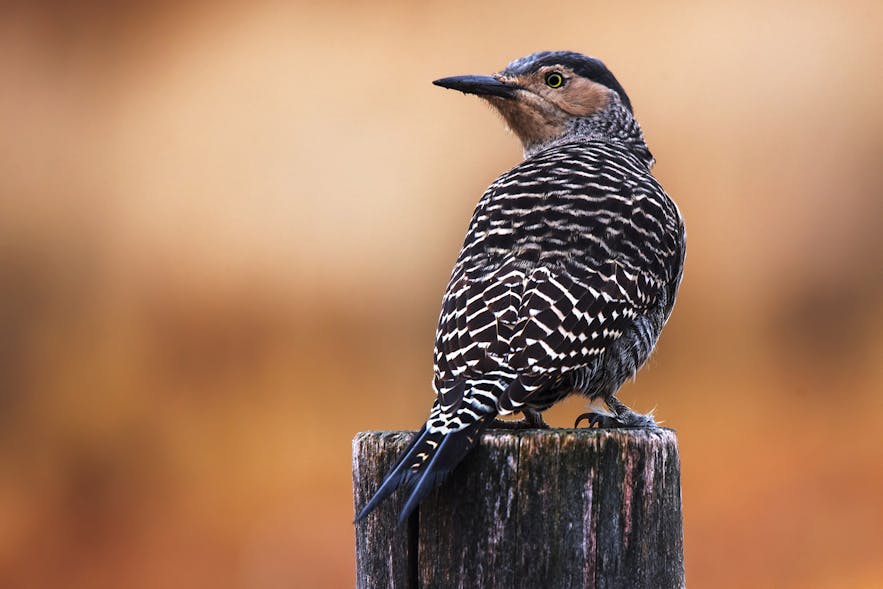 A wide aperture will give you beautiful bokeh. Photo by: 'Leonardo Papèra'.
A wide aperture will give you beautiful bokeh. Photo by: 'Leonardo Papèra'.
- See also: Namibia Wildlife Photography Tour
AF Speed & USM
What is AF speed and USM? 'AF speed' describes how quickly your lens is able to autofocus, while 'USM' stands for 'ultra sonic motor'. Basically, some lenses have a small motor built into the body, which will enable them to autofocus at a faster speed than other lenses.
The AF speed and USM are another reason why many wildlife photographers tend to go for prime lenses instead of super zooms: the autofocus functions of the former are faster compared to the latter.
Don’t get me wrong, super zooms are more than great for 98% of the situations in which you might photograph wildlife, but if absolute speed is what you are looking for, then a prime lens should be on your shopping list.
Whichever lens that you decide to buy, research its AF speed before you make a decision. When on the field, having a lens with a great autofocus will enable you to achieve more successful shots!
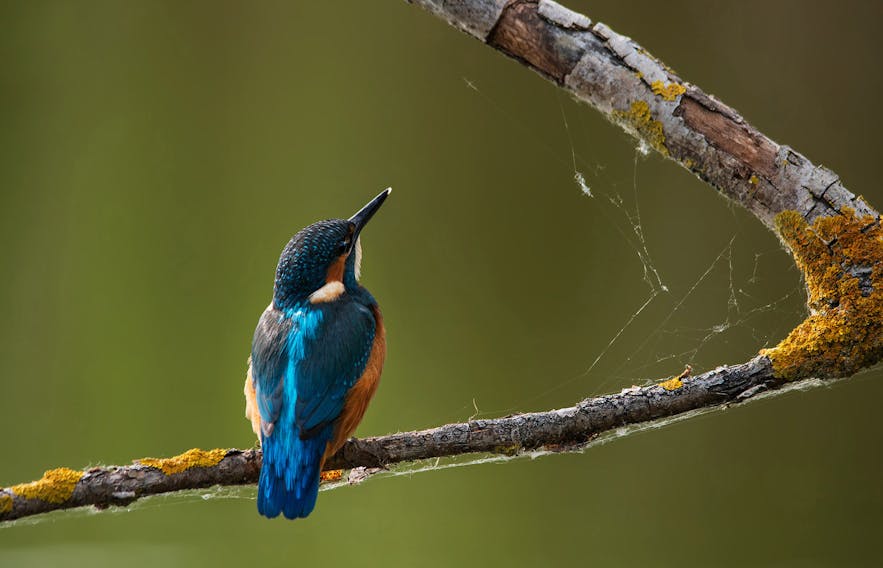 You'll need to focus quickly to capture birds in movement! Photo by: 'Leonardo Papèra'.
You'll need to focus quickly to capture birds in movement! Photo by: 'Leonardo Papèra'.
Image Stabilisation and Vibration Reduction
The next thing you should check when buying a telephoto lens for wildlife photography is how good the image stabilisation and the vibration reduction of that lens is. With some lenses, stabilisation can arrive (at least, from what the manufacturers say) at up to 4 f-stops: this means that you can lower your ISO and speed up your exposure times, which can be incredibly useful when photographing wildlife in low light conditions.
Honestly, from personal experience, I have never found a lens that can actually arrive to “replace” 4 f-stops, but some of the ones that I have tried have yielded incredibly good results!
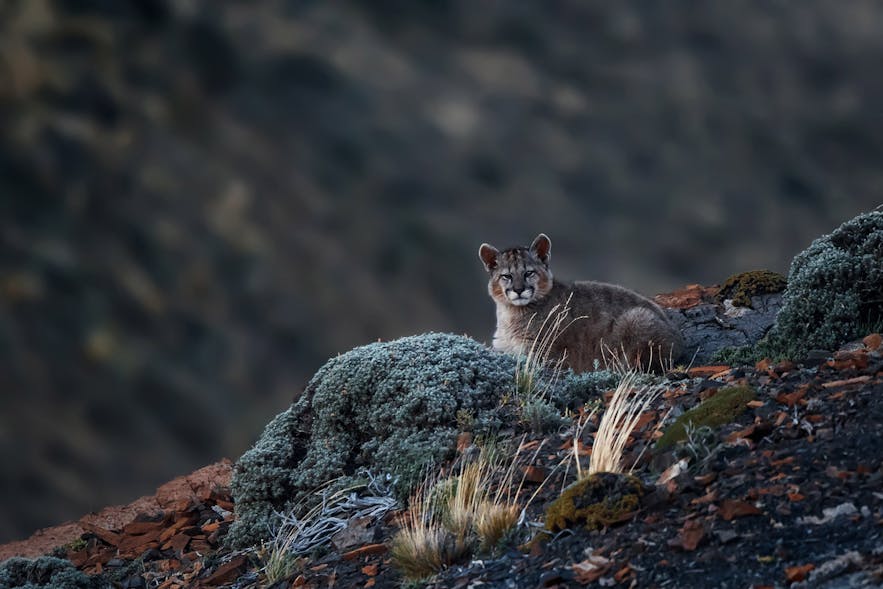 Image stabilisation can help you to achieve a sharp, focused image. Photo by: 'Leonardo Papèra'.
Image stabilisation can help you to achieve a sharp, focused image. Photo by: 'Leonardo Papèra'.
Weather Resistance
There are pretty good chances that as a wildlife photographer, you will be out in the wilderness a lot, since not many wild animals stay inside photography studios or buildings. This means that you’ll want (and need) a weather-sealed lens.
Even if there are not 100% weatherproof lenses on the market, there are a few that can take a rainstorm without breaking down. The bad news is that these are generally the most expensive lenses and most of the time, they are primes. Many of the super zooms also have great weather resistance though, so you can opt for one of those if you are on a reasonable budget or if you need a versatile lens.
You should also consider that a big problem with the telephoto zooms is, well.. the zoom. When utilising the zoom function, many things – such as water, dust and dirt – can get inside the lens and in some cases, they may be the reason why it might break down or stop working properly. Of course, this is a problem that prime lenses don’t have.
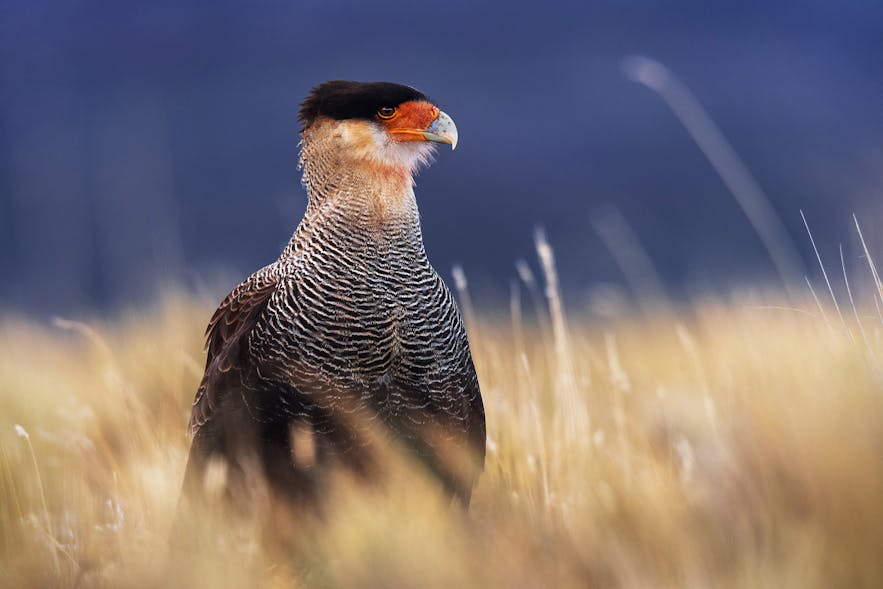 You'll likely be photographing outside when capturing wildlife, so a weather sealed camera is a must. Photo by: 'Leonardo Papèra'.
You'll likely be photographing outside when capturing wildlife, so a weather sealed camera is a must. Photo by: 'Leonardo Papèra'.
So, What Are the Best Lenses for Wildlife Photography?
Now that we've broke down and examined together all the variables in the field of choosing the best wildlife photography lens for you, it’s time to list the manufacturers and see which are the best lenses that are currently on offer on the market.
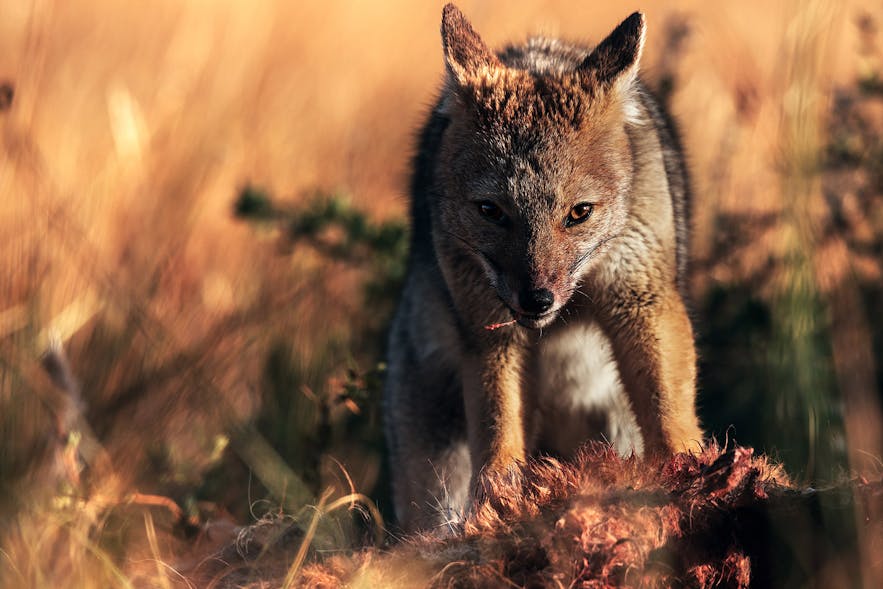 There are many great lenses for photography so read on to find out which suits your system. Photo by: 'Leonardo Papèra'.
There are many great lenses for photography so read on to find out which suits your system. Photo by: 'Leonardo Papèra'.
Sony
Sony has expanded a lot in the last decade in the camera market. Their cameras currently use two different camera mounts: the A-mount (for reflex) and the E-mount (for mirrorless). Since the A-mount seems to have been put aside in favour of the newer E-mount system, we’ll analyse just the lenses for this type of camera mount.
Until a few years ago, Sony wasn’t even an option for wildlife photographers: there were almost no telephoto lenses available for Sony mirrorless cameras. These days, the manufacturer has on its lens list a lot of great options, including both primes and super zooms.
Prime Lenses:
-
Sony FE 600mm f/4 GM OSS
-
Sony FE 400mm f/2.8 GM OSS
Both these lenses are incredibly sharp, weather sealed, with a super fast autofocus and great image stabilisation. The downside is that they cost around 13,000-15,000€ (yes, almost as much as a car!). If the budget is not a problem for you, then you simply can’t go better than this.
Super Zooms:
-
Sony FE 200-600mm f/5.6-6.3 G OSS
-
Sony FE 100-400mm GM OSS
-
Sony FE 70-300mm G OSS
As you can see, there’s more choice when you go into the zoom territory; aside from the classic 70-200mms, which may not be long enough for many wildlife photography situations, my choice would be the 200-600mm or the 100-400mm. They are both great all-around lenses and their prices are almost the same – just a bit more than 2000€.
If you’re on a budget, you can also opt for the 70-300mm, which does its job more than nicely!
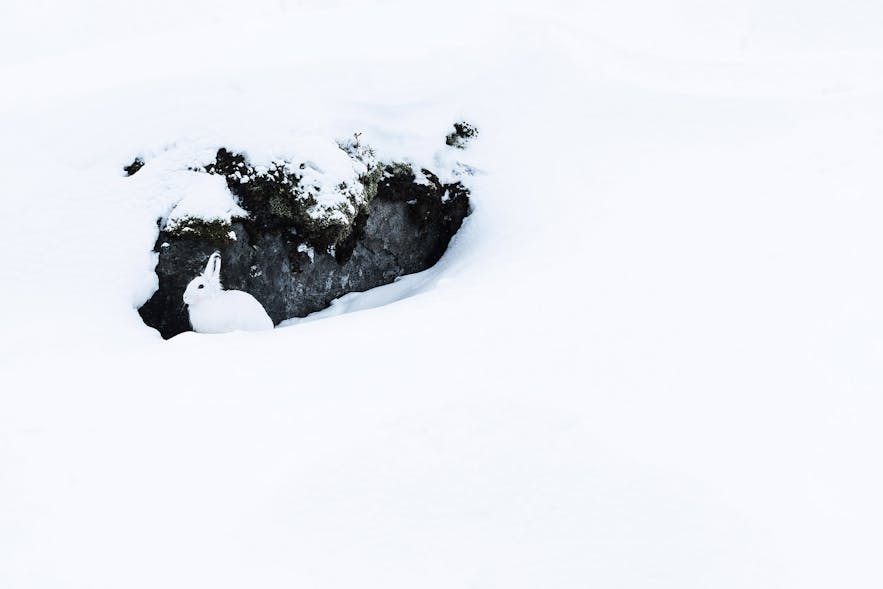 Will you need 400mm or 600mm to capture the perfect shot? Photo by: 'Leonardo Papèra'.
Will you need 400mm or 600mm to capture the perfect shot? Photo by: 'Leonardo Papèra'.
Canon
Canon is still hard to beat when it comes to offering some of the best wildlife lenses on the market; a good part of the images that you see on nature magazines and contests have probably been made with the famous Canon “white” lenses.
Prime Lenses:
-
Canon EF 800mm f/5.6 L IS USM
-
Canon EF 600mm f/4 L IS III USM
-
Canon EF 500mm f/4 L IS II USM
-
Canon EF 400mm f/2.8 L III USM
-
Canon EF 400mm f/4 DO IS II
-
Canon EF 400mm f/5.6 L USM
-
Canon EF 300mm f/2.8 L IS II USM
-
Canon EF 300mm f/4 L IS USM
All of these lenses are currently among the best on the market, so it's hard to ask for something more. They are all super expensive (of course), except for two of them: the 400mm f/5.6 and the 300mm f/4. These two lenses are priced at around 1000€, while the others vary in price from 5000€ to 15,000€. The only choice you need to make with Canon is which focal length suits you.
Super Zooms:
-
Canon EF 200-400mm f/4 L IS (1.4x teleconverter included)
-
Canon EF 100-400mm f/4.5-5.6 L IS USM II
-
Canon EF 70-300mm f/4-5.6 L IS USM
The case with Canon is the opposite of Sony: there are fewer super zooms available than prime lenses. If your budget is high, the 200-400mm f/4 will be a superb lens in terms of quality, but it’s heavy and really, really expensive (10,000€). Tor me, the only reasonable choice would be the 100-400mm.
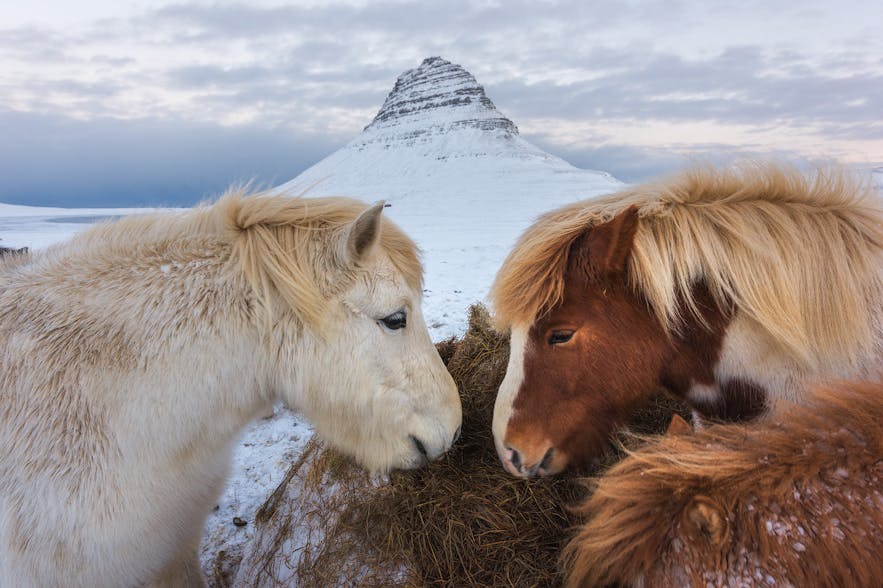 You may need a shorter focal length for photographing horses. Photo by: 'Iurie Belegurschi'.
You may need a shorter focal length for photographing horses. Photo by: 'Iurie Belegurschi'.
Nikon
Nikon currently holds a good part of the market too when it comes to telephoto lenses, since its lens list is very similar to the Canon one.
Prime Lenses:
-
Nikon AF-S 800mm f/5.6 E FL ED VR
-
Nikon AF-S 600mm f/4 E FL ED VR
-
Nikon AF-S 500mm f/4 E FL ED VR
-
Nikon AF-S 500mm f/5.6 E PF ED VR
-
Nikon AF-S 400mm f/2.8 E FL ED VR
-
Nikon AF-S 300mm f/2.8 G ED VR II
-
Nikon AF-S 300mm f/4 E PF ED VR
As you can see, the list is almost identical to Canon's; these are all great lenses too, so it mostly depends on which camera body you have as to which you should choose. Don’t bother to switch brands just for the telephoto lenses, as between Nikon and Canon, the quality is very similar.
Super Zooms:
-
Nikon AF-S 180-400mm f/4 E TC1.4x FL ED VR
-
Nikon AF-S 200-400mm f/4 G ED VR II
-
Nikon AF-S 200-500mm f/5.6 E ED VR
-
Nikon AF-S 80-400mm f/4.5-5.6 G ED VR
The first two lenses are the equivalent of the 200-400mm Canon, and they are equally expensive. For me, if I had to pick a Nikon super zoom, I’d go for the 200-500mm, for sure. It’s the newest, it’s light enough, weather sealed, the image quality is great and lastly, the price is reasonable (1500€).
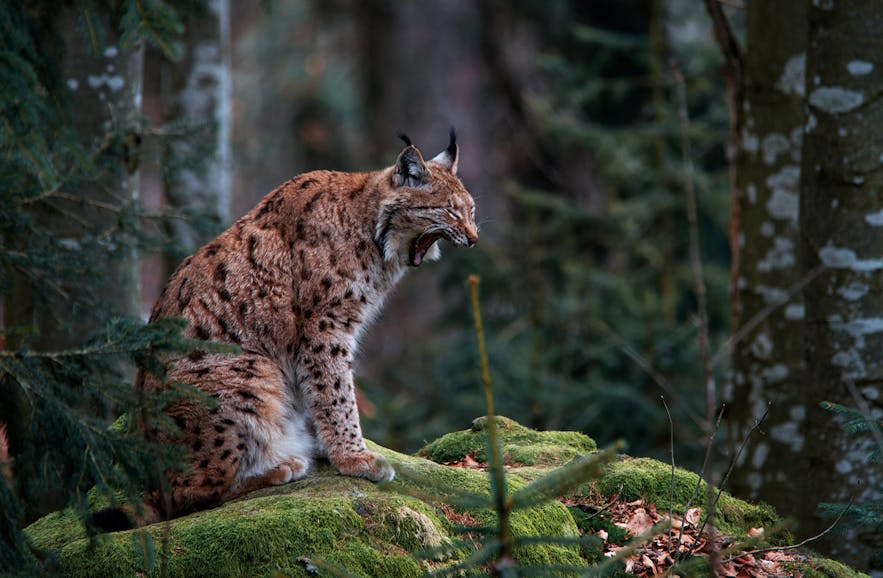 Do you want to be shooting a wild cat at 200mm away or 600mm away? Which is best for your safety? Photo by: 'Leonardo Papèra'.
Do you want to be shooting a wild cat at 200mm away or 600mm away? Which is best for your safety? Photo by: 'Leonardo Papèra'.
Fujifilm
It must be said that Fujifilm does not have a long list of lenses dedicated to wildlife photography; there are no 300mm, 400mm or 500mm prime lenses, and the only super zoom acceptable for wildlife photography is the Fujifilm XF 100-400mm f/4.5-5.6 LM OIS WR.
This lens has a price of around 1500€ and checks all the boxes though: great quality, not heavy to carry around and weather sealed.
Olympus
Olympus has a couple of lenses that are good for wildlife photography: one prime (the M.Zuiko Digital 300mm f/4 IS Pro) and one superzoom (the M.Zuiko Digital ED 75-300mm f/4.8-6.7 II). Between these two, I would surely go for the 300mm prime lens for its quality.
If you are just starting out in wildlife photography though, the zoom can be also an option for its great price!
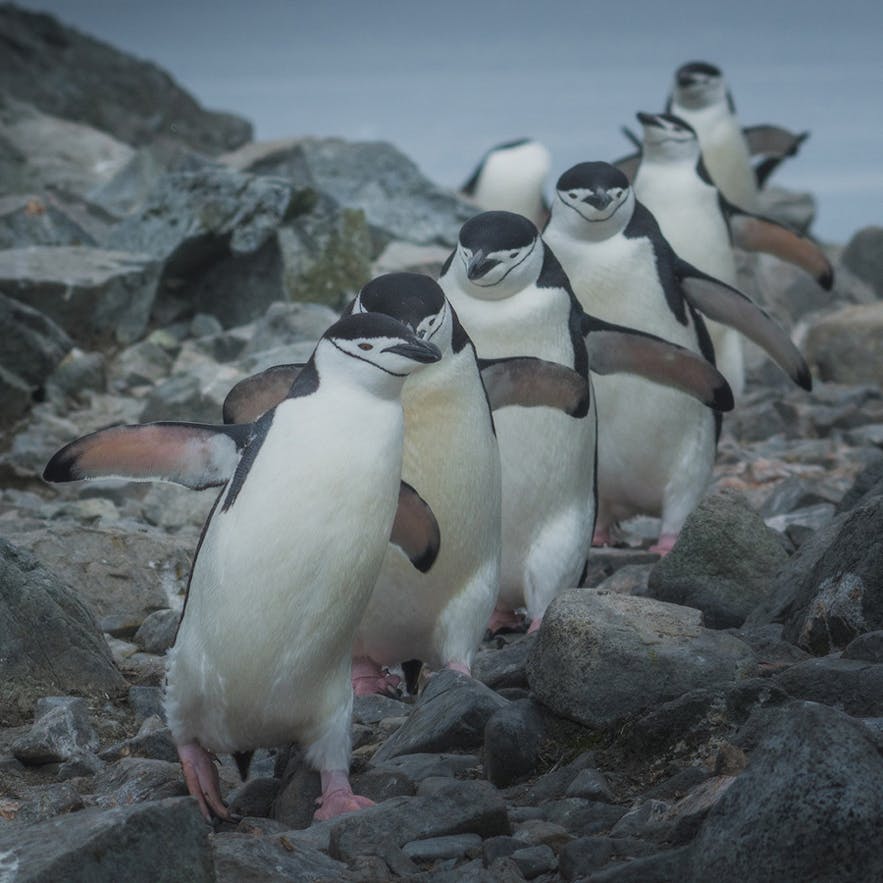 You might need a super zoom lens if you want to capture animal behaviours without disturbing the wildlife! Photo by: 'Daniel Kordan'.
You might need a super zoom lens if you want to capture animal behaviours without disturbing the wildlife! Photo by: 'Daniel Kordan'.
Panasonic
Panasonic currently offers two super zooms that can be great for wildlife photography: the Panasonic Lumix G 100-300mm f/4-5.6 II OIS and the Panasonic Leica 100-400mm f/4-6.3 ASPH OIS. Both of these lens are good, though my choice would be the 100-400mm for its greater focal range and better image quality.
Pentax
Pentax has quite a nice list of dedicated wildlife photography lenses; the products made by this manufacturer are also known in the sector for their great weatherproofing qualities.
Prime Lenses:
-
Pentax DA 560mm f/5.6 ED
-
Pentax 645 FA 400mm f/5.6 ED IF
-
Pentax 645 FA* 300mm f/4 ED IF
-
Pentax SMC DA* 300mm f/4 ED IF SDM
The best one in terms of image quality is the Pentax DA 560mm f/5.6 ED, which is for APS-C cameras. The Pentax 645 400mm and 300mm lenses are for the medium format camera system.
Super Zooms:
-
Pentax D FA 150-450mm f/4.5-5.6 ED DC AW
-
Pentax 645 FA 150-300mm f/5.6 ED+
Choosing between the Pentax super zooms will probably depend on your camera system: if you have a reflex system, you should go for the D FA 150-450mm, while if you have a medium format system, you should go for the 645 FA 150-300mm. Both lenses are great!
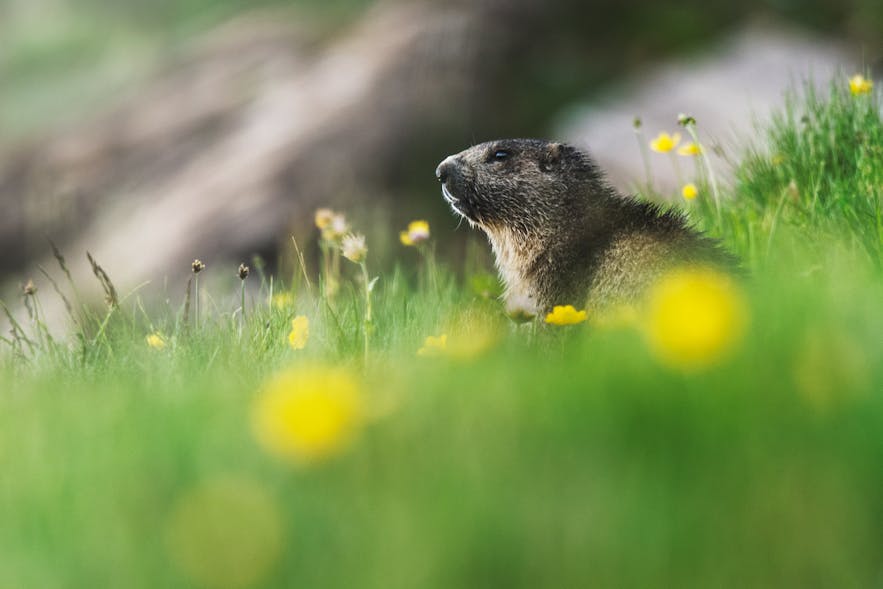 Choose the right lens for your camera system. Photo by: 'Leonardo Papèra'.
Choose the right lens for your camera system. Photo by: 'Leonardo Papèra'.
Sigma
Sigma has created some of the best all-around lenses in the last few years, especially when it comes to super zooms. They were one of the first-comers in the market, commercialising “milestone” lenses like the 150-500mm.
Prime Lenses:
-
Sigma 500mm f/4 DG OS HSM Sport
You won’t have much choice if you want to buy a prime Sigma lens. The only one available at the moment is the 500mm, a great lens under every aspect for a price around 5500€.
Superzooms:
-
Sigma 150-600mm f/5-6.3 DG OS HSM C
-
Sigma 150-600mm f/5-6.3 DG OS HSM S
-
Sigma 120-300mm f/2.8 DG OS HSM S
-
Sigma 60-600mm f/4.5-6.3 DG OS HSM S
-
Sigma 100-400mm f/5-6.3 DG OS HSM C
-
Sigma 200-500mm f/2.8 EX DG
Things are a little bit different when we talk about Sigma super zooms. At the top of the line, there’s the magnificent 200-500mm f/2.8, which is a wonderful piece of engineering art. The price of this lens is around 22,000€ (yes, it will probably be a dream for many of us) and it’s super heavy, but the wide aperture at f/2.8 is just unique.
Now, the best choice here for me would be – without any doubt – one of the two 150-600mm lenses, but which one? Well, that depends on you: the “C” lens is less expensive and lighter, but you’ll lose some sharpness too, while the “S” lens is more expensive and heavier, but with a greater image quality.
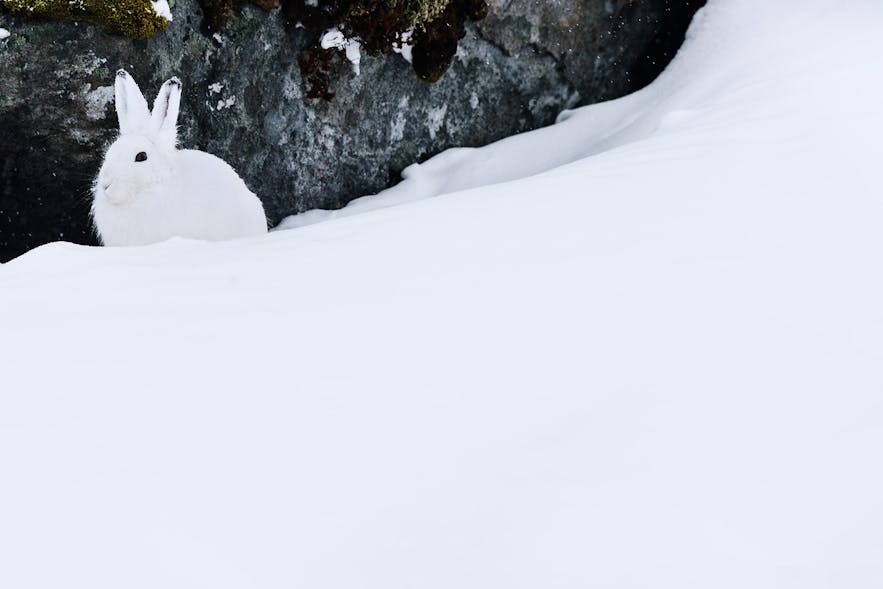 Image quality is important when choosing a lens. Photo by: 'Leonardo Papèra'.
Image quality is important when choosing a lens. Photo by: 'Leonardo Papèra'.
Tamron
The same things I wrote for Sigma can also be said for Tamron. The manufacturer is currently holding a good stake of the super zooms market with great all-around lenses like the 150-600mm.
At the moment, they don’t have any prime lens on their list, so if you are in the market for one of those then I'm sorry to say that you’ll have to look somewhere else.
Instead, if you are looking for a great superzoom, they have the Tamron SP 150-600mm f/5-6.3 Di VC USD G2. This lens covers an incredible focal range, it holds up well under bad weather conditions, has a great sharpness and lastly, has a reasonable price.
If you are on a budget though, there’s also the Tamron 100-400mm f/4.5-6.3 Di VC USD, which is a great all-rounder.
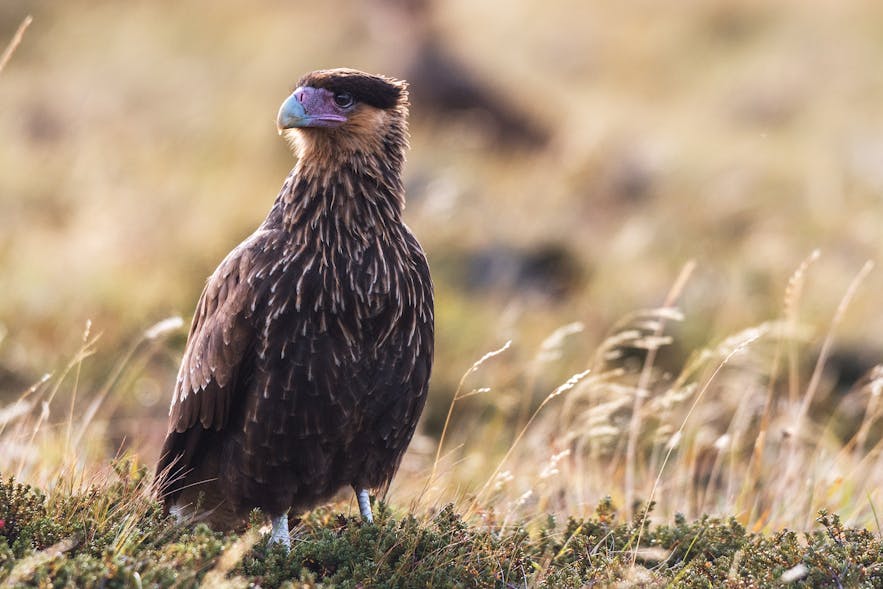 Choosing a wildlife photography lens doesn't have to be hard work! Photo by: 'Leonardo Papèra'.
Choosing a wildlife photography lens doesn't have to be hard work! Photo by: 'Leonardo Papèra'.
I hope that this article has give you enough information to finally choose your next wildlife lens wisely. We've gone through which parameters you should take into consideration when you are trying to understand which lens you need, as well as the available lenses on the market that work well in wildlife photography. All you'll have to do now is to pick up your favourite lens and finally go out to capture some incredible shots!
About the author: Leonardo Papèra is a landscape and nature photographer based in Italy. You can find more of his work on his website or by following him on Instagram.
Join us on a wildlife photography adventure in Namibia! This is the perfect add-on to our 11 Day Namibia Photography Tour. Capture the best of animals and the landscape in this wild and rugged African country!
Other interesting articles

Must Have Filters for Landscape Photography
Most landscape photographers will tell you that you should invest in a good set of filters if you want to really harness your creativity in-field. But how will you know which filters are the best fo...Read more
The Best Landscape Photography Lenses for Sony E-Mount Cameras
Sony cameras are popular these days. More and more people switch, or are thinking of switching from their traditional DSLR to a mirrorless system, often choosing Sony. Weight, portability, technolog...Read more
How to Get Creative with a Fisheye Lens
There is a certain mystery that surrounds the use of fisheye lenses. Those who have them swear by their creative purposes, while others may view a fisheye as more of a toy lens than a tool for serio...Read more









